O.o!!!
The highly unstable radioactive element promethium is hard to study in the lab, but chemists have now coaxed it into forming a compound in water so they can observe its bonding behaviour.
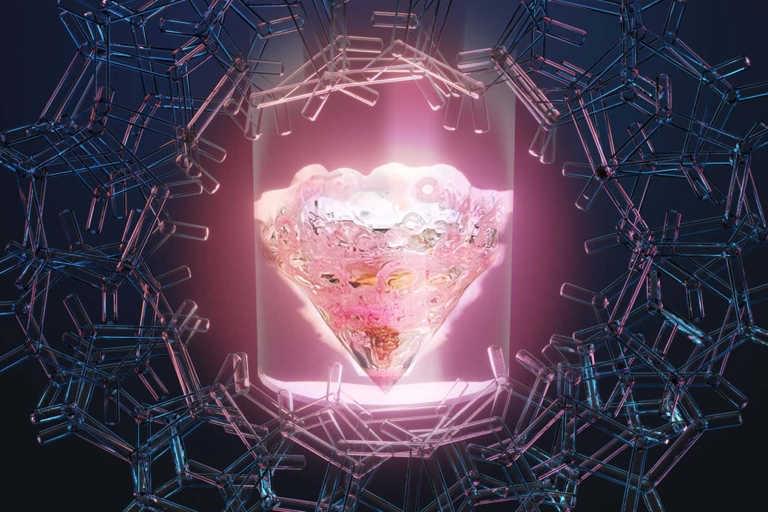
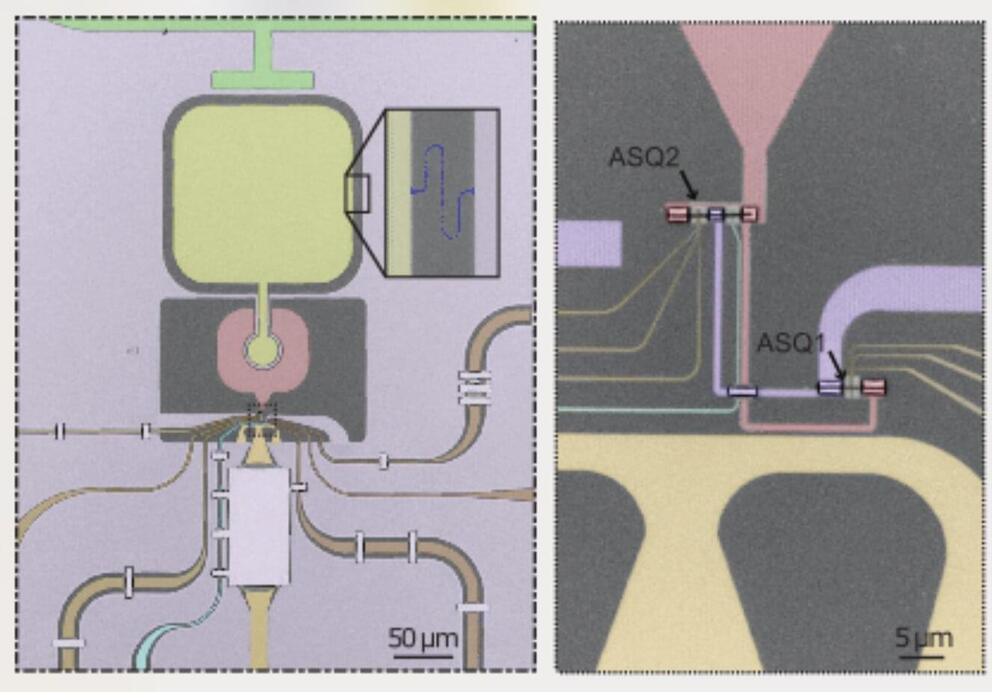
Quantum computers, computing devices that leverage the principles of quantum mechanics, could outperform classical computing on some complex optimization and processing tasks. In quantum computers, classical units of information (bits), which can either have a value of 1 or 0, are substituted by quantum bits or qubits, which can be in a mixture of both 0 and 1 simultaneously.
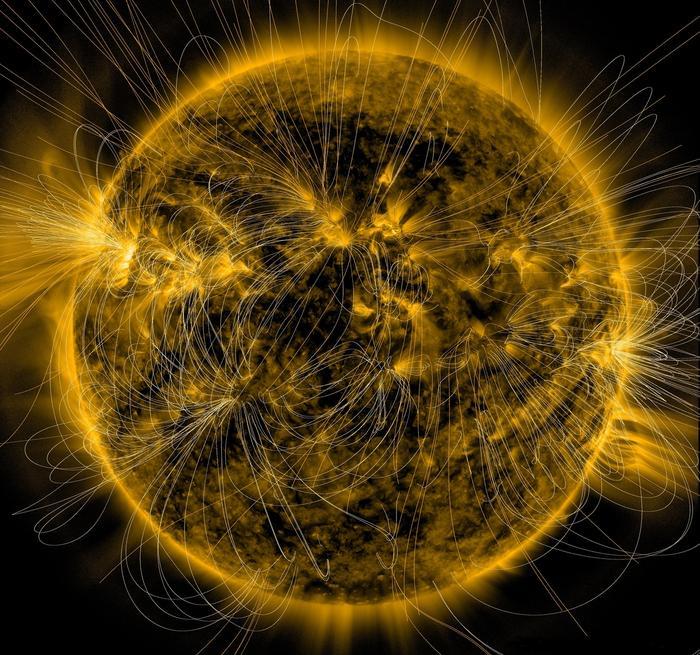
The Sun’s magnetic field is an incredibly powerful mechanism that produces equally powerful solar storms, some of which resulted in the recent aurora activity observed as far south as the State of Florida. However, in the 400 years since Galileo Galilei first discovered the Sun’s magnetic field, scientists have been stumped regarding where inside the Sun the magnetic field originates. This is what a study published today in Nature hopes to address as a team of international researchers have discovered how deep inside the Sun the magnetic field originates, which holds the potential to help scientists better understand and predict solar storms.
“Understanding the origin of the sun’s magnetic field has been an open question since Galileo and is important for predicting future solar activity, like flares that could hit the Earth,” said Dr. Daniel Lecoanet, who is an Assistant Professor of Engineering Sciences and Applied Mathematics at Northwestern University and a co-author on the study. “This work proposes a new hypothesis for how the sun’s magnetic field is generated that better matches solar observations, and, we hope, could be used to make better predictions of solar activity.”
For the study, the researchers used a NASA supercomputer to conduct several calculations to ascertain if the source of the Sun’s magnetic field was close to the surface or much deeper, as previous hypotheses have stated the magnetic field’s source is more than 130,000 miles beneath the surface of the Sun. In the end, the researchers of this latest study estimated the source of the Sun’s magnetic field is approximately 20,000 miles beneath the surface. For context, the diameter of the Sun is just over 865,000 miles across, so these new findings indicate the magnetic field originates approximately 2 percent beneath the Sun’s surface, as opposed to 15 percent based on the previous hypotheses.
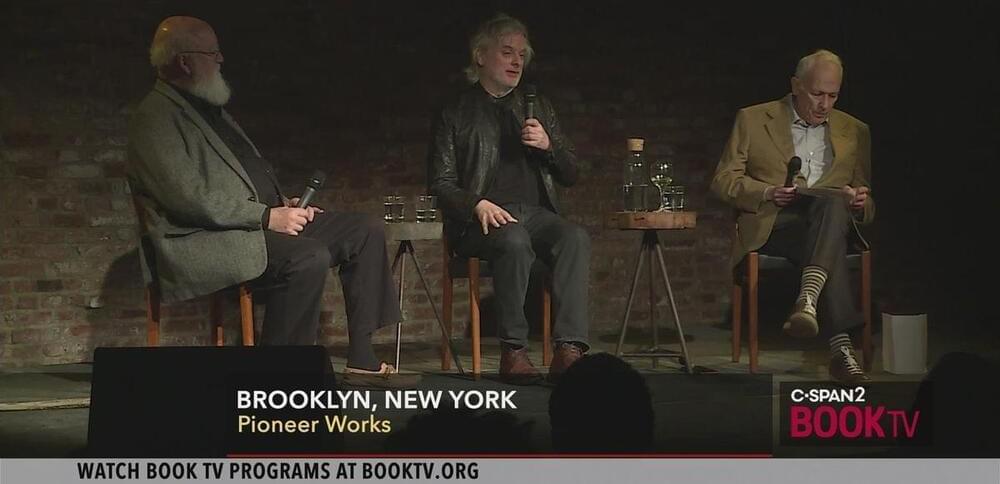
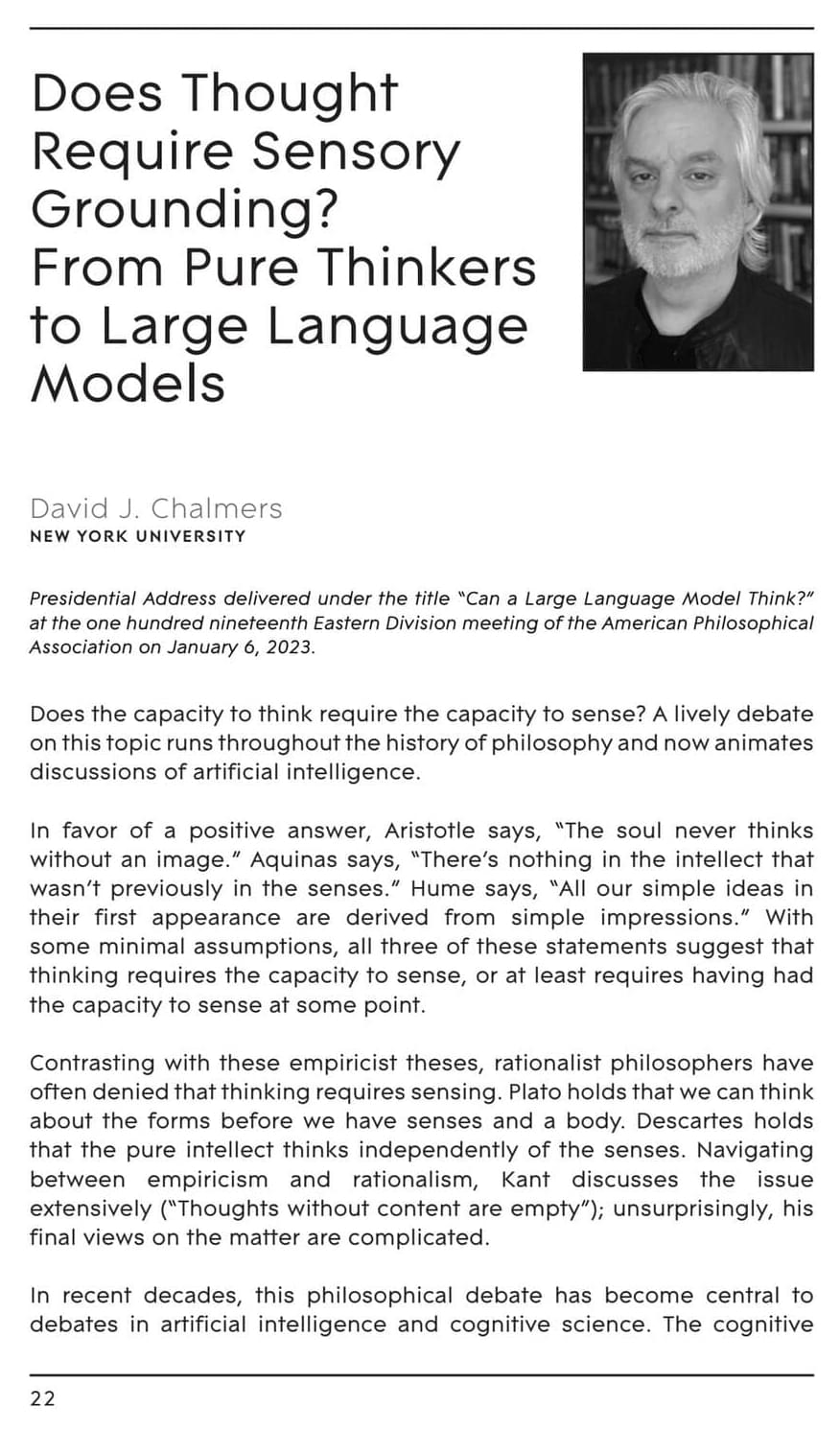

I found this on NewsBreak.
The Schrödinger’s Cat Experiment, a paradox illustrating the concept of superposition in quantum mechanics, has been reinterpreted by Purdue University’s Professor Arkady Plotnitsky. His perspective, based on “reality without realism” (RWR) interpretations, suggests that the reality behind quantum phenomena is beyond conception. This view repositions classical physics as part of fundamental physics, a role typically reserved for quantum physics and relativity. This new interpretation challenges traditional understanding of the experiment and suggests our comprehension of reality is insufficient to fully grasp quantum phenomena. This perspective opens new research avenues in quantum physics and emphasizes the importance of philosophical considerations in physics study.
The Schrödinger’s Cat Experiment is a thought experiment proposed by physicist Erwin Schrödinger. It is a paradox that illustrates the concept of superposition in quantum mechanics. The experiment involves a cat that is placed in a sealed box with a radioactive source and a poison that will be released when the radioactive source decays. According to quantum mechanics, the cat is both alive and dead until the box is opened and the cat’s state is observed.
The experiment has been the subject of much debate and interpretation in the field of quantum physics. It challenges our understanding of reality and the nature of existence. The experiment is often used to illustrate the bizarre and counterintuitive nature of quantum mechanics, which operates on a scale that is far removed from our everyday experience.


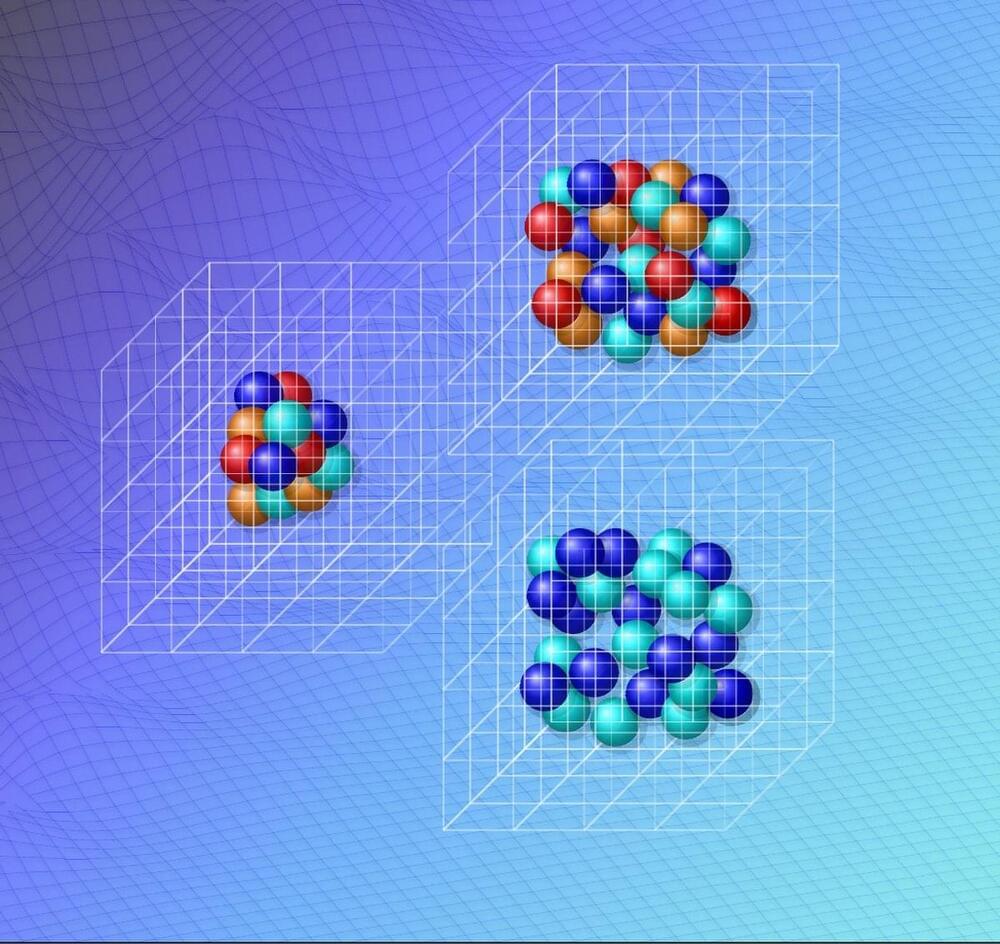
“In quantum many-body theory, we are often faced with the situation that we can perform calculations using a simple approximate interaction, but realistic high-fidelity interactions cause severe computational problems,” says Dean Lee, Professor of Physics from the Facility for Rare Istope Beams and Department of Physics and Astronomy (FRIB) at Michigan State University and head of the Department of Theoretical Nuclear Sciences.
Practical Applications and Future Prospects
Wavefunction matching solves this problem by removing the short-distance part of the high-fidelity interaction and replacing it with the short-distance part of an easily calculable interaction. This transformation is done in a way that preserves all the important properties of the original realistic interaction. Since the new wavefunctions are similar to those of the easily computable interaction, the researchers can now perform calculations with the easily computable interaction and apply a standard procedure for handling small corrections – called perturbation theory.
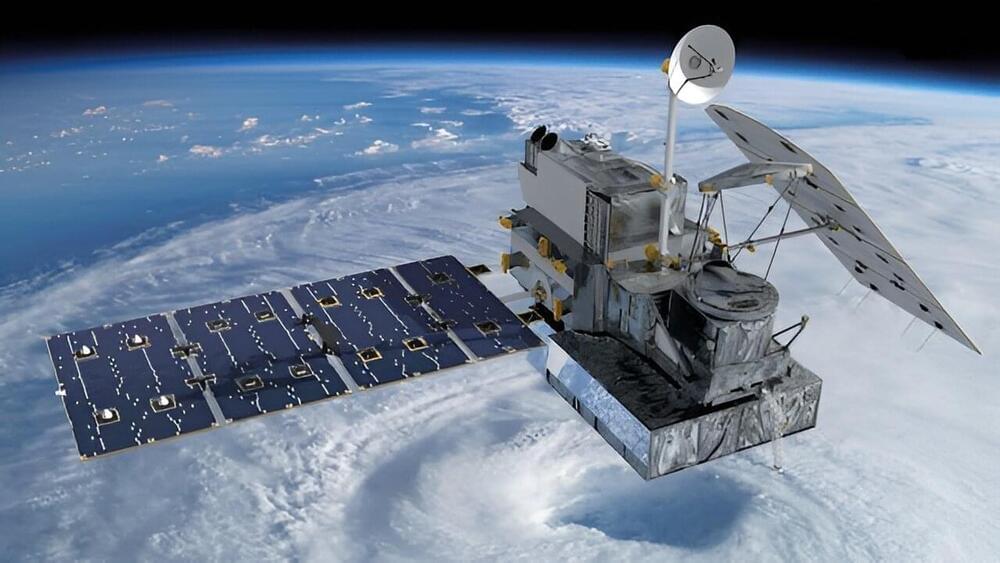
At the weekend, millions of people around the world were treated to a mesmerizing display of the aurora borealis and aurora australis, better known as the northern and southern lights. The lights, usually seen in crown-like regions surrounding the Earth’s poles, were pushed to mid-latitudes by heightened activity from the sun.